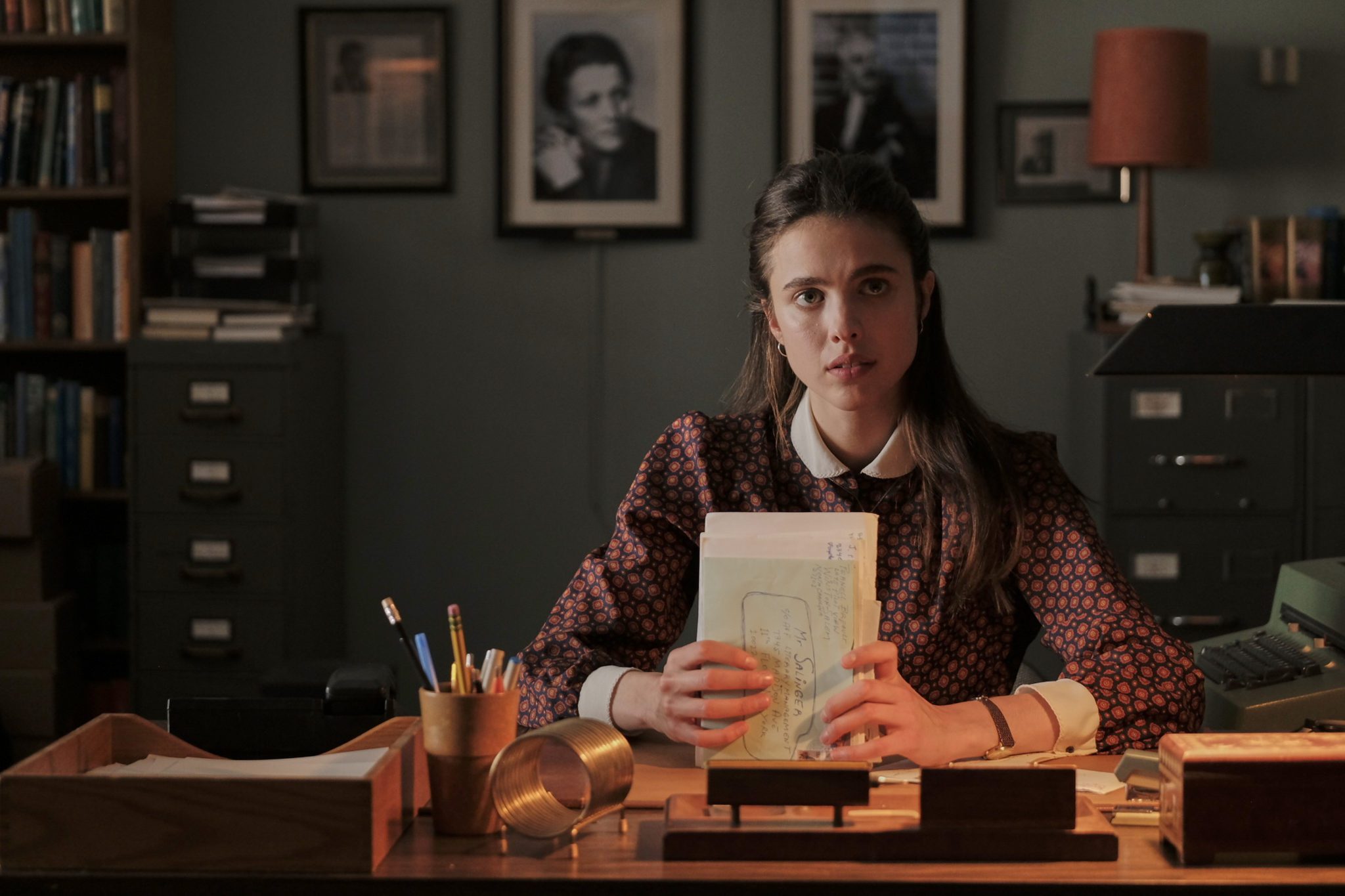
After over 50 years and twenty-five films, it would be understandable to think that James Bond was out of surprises. But, with the release of?No Time To Die, the greatest surprise is that there?s still room to grow.
Directed by Cary Juji Fukanaga,?No Time to Die?picks up as Bond (Daniel Craig) is living a quiet life with Madeline Swann (Lea Seydoux). After an attack separates the two, Bond moves to Jamaica and attempts to live off the grid. When his old CIA friend, Felix Leiter (Jeffrey Wright) arrives and asks him for his help, Bond reluctantly comes out of his self-imposed retirement to help rescue a kidnapped scientist. However, when a routine mission takes a turn, Bond finds himself in the sights of a mysterious madman who wants to create chaos around the world.

As his final foray into the role of James Bond, No Time to Die provides Daniel Craig with an incredible wrap-up to his series. Let?s not forget that, although he has only made five films, he is the franchise?s longest serving leading man. (In fact, beginning in 2006?s Casino Royale, Craig has been the face of the franchise for almost an entire generation.) In No Time To Die, Craig and Fukanaga deliver a story that not only shows maturity in its lead character, it also demonstrates a self-awareness in its world-building. Featuring characters both old and new, the film is an opportunity to (potentially) pass the baton to the next wave of MI6 agents while still offering all the things that one expects from the franchise. Set pieces remain exotic and explosive. Gadgets are fun and the world is at stake. In No Time To Die, Fukanaga ensures that there is tonnes of Bond fun to go around.

With intensity and solid character development, No Time may be the best final film for an actor in the franchise. Whereas other Bond actors have tried to go out on a high note (or weren?t aware they were being recast), Craig uses the opportunity to wrap up storylines from all of his films. In fact, while it may have gone unnoticed by many, the greatest gift that Daniel Craig may have brought to this franchise is continuity. Over the decades, every other iteration of Bond has told its narratives on a film-by-film basis. While this has worked for one off adventures, it has limited the character from showing any true personal growth. (To be fair, Pierce Brosnan attempted to do some of this character development throughout his films in the 90s but with poor results.) Although other cast members like Desmond Llewelyn and Judi Dench have continued through various Bond iterations, their transitions never included any awareness of the change.

One day, one actor played Bond? and then, suddenly, another did the same.
However, Craig?s Bond films have taken a decidedly different approach by allowing his exploits to build upon one another. In doing so, Bond has had the opportunity to grow and mature over time. As a result, we have seen legitimate change in the character as he has moved from Royale?s ?blunt instrument? to a man with a heart in No Time. There is a genuine arc that takes place throughout these films as this young and reckless rogue grows into more self-aware and loving character. As such, what we witnessed was a character (and a franchise) born out of the 60s try to find new relevance in the 21st Century.
And it?s a good thing too.

Over the last 20 years, the world is changed a great deal. From #MeToo to Black Lives Matter to the pandemic, the global community is a very different place than it was at the start of the millennium. While these sorts of inclusions can feel forced, the story feels like its trying to be more honest about the state of our current culture. Strong female characters such as Ana de Armas and Lashana Lynch serve as Bond?s equals. Sexuality stems out of genuine intimacy rather than desire. Inclusion and sexual respect have become a priority for a franchise for the first time. (For the first time, this Bond film does not include a one-night stand for the notorious philanderer!) While the action scenes in No Time are fun and furious, its actually these changes that are the most noteworthy aspects of the story. For decades, James Bond has exemplified masculine power and dominance? yet we now recognize the toxic nature of that same flawed masculinity.
James Bond is trying to grow up.

Furthermore, what Fukanaga has emphasizes most in this film is that Bond has developed a soul. Throughout the history of the franchise, Bond has been a man who cares only about ?the job?. Depth of relationships are (mostly) an afterthought as he uses assets ?for the greater good? and uses women to feed his ego. (Again, that toxic masculinity rears its ugly head.) While the character has always been willing to sacrifice himself for the sake of his mission, his actions either came off as reckless or even self-serving. Because of this, there has always remained a quiet emptiness within the character that was never addressed. However, in No Time, Bond demonstrates a deeper understanding of himself and even the ability to love. No longer is the man defined by his OO-status. (What?s more, No Time even manages to intentionally separate James Bond from his famed title of 007.) In this way, No Time reminds us of the importance of who he is, not just what he does.
All of a sudden, Bond doesn?t just exemplify being a ?man?. He now chooses to explore his own humanity.

As for the disc, No Time to Die looks spectacular in 4K. With its sweeping landscapes and massive set pieces, the film was definitely designed for the big screen but it still looks particularly good on your television as well. In ?Anatomy of a Scene? and ?Keeping it Real?, the disc contains two fascinating featurettes that show off Fukanaga?s desire for practical stunts. In addition, a 45-minute retrospective gives Craig the chance to reflect on his time in the role. While one wishes that a film such as this would include a director?s commentary to really expound upon the film?s secrets, these features are interesting enough to satisfy those who want to get behind the camera.
Although the Craig era is now over, one cannot say that this Bond didn?t go out with a bang. Anchored by wild action scenes and impressive gadgets, No Time to Die is a fabulous finale for his legacy. However, the best part about No Time isn?t the stunt work. As he moves into a new world of gender equality and racial responsibility, Bond admittedly was beginning to feel like an unacceptable relic. Even so, Craig and Fukanaga have managed to bring the outdated world of Bond into our modern era in a way that makes it still feel relevant.
So, despite what people say, maybe you can teach an old Bond new tricks.
No Time to Die is available on 4K and Blu-Ray on Tuesday, December 21st, 2021.




